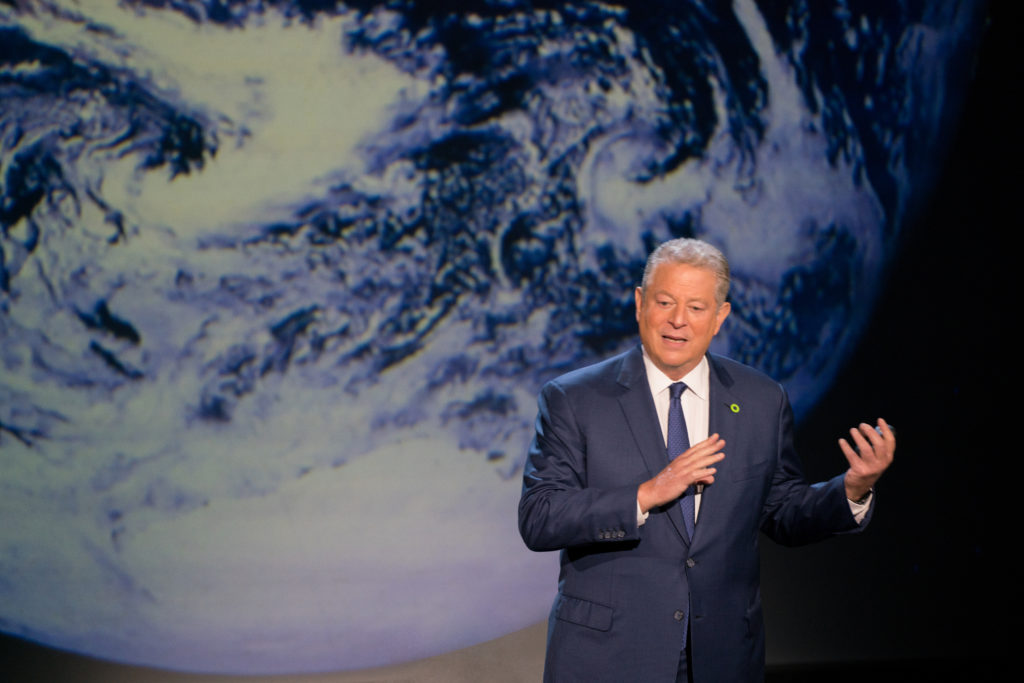
TEACHERS NOTES
National Wildlife Federation’s educational programming believes in the power of systems thinking and the importance of building students’ knowledge and skills as systems thinkers. This is why we are using the work of THINKWATER to help students develop a systems thinking mindset. Below are notes taken directly from THINKWATER’s video, DSRP: Four simple rules of systems thinking. To learn more about THINKWATER and ways you can nurture systems thinking in your students, visit: Thinkwater.
4 SIMPLE PATTERNS OF SYSTEMS THINKING
- DISTINCTIONS between things and other things.
- We organize things into SYSTEMS, systems of parts and wholes.
- We identify RELATIONSHIPS with actions and reactions or cause and effect.
- We take PERSPECTIVES from a point to a view.

All four patterns are happening all together, simultaneously, all the time within us and those around us. Mental models are knowledge. They are what we build when we make meaning out of information, memories and experience. Our mental models are unique to each individual. Mental models are powerful because they determine how you feel. Making distinctions is easy. Everything has an identity. Distinctions come from the other, the thing that is not that thing, i.e. beverages versus food, doors versus windows, a small cup versus a large cup. We make distinctions with all of our senses and they are probably different from everyone else’s distinctions. Making distinctions is seeing what an object or idea is or is not. Another way thinking works is by organizing things into systems, systems of parts and wholes, they can be really big or really small, complicated or simple. Systems give us a framework in which to see the world. Relationships don’t just exist amongst people, but also between objects and ideas. A relationship is an interaction, a cause and effect, an action and reaction. To see the importance of how ideas effect each other, is to see things differently, to build new knowledge, to solve problems that matter. Relationships exist everywhere. Our point of view shapes how we think about something, the mental model we build to understand it. Perspective determines not just what we look at, but what we really see. Perspective is at the root of so many things that matter in society, empathy, compassion, connectedness. It determines how we relate to people in the world around us. Understanding how you think makes you a better student, artist, musician, athlete, and citizen. You just have to pay attention to the way your brain is already operating, thinking about thinking.
TEACHER MODELED-WHOLE CLASS
Optional: If you want students to have more practice in developing mental models and DSRP, use the DSRP systems posters and lesson plans around the topic of water resources. Use Thinkwater (downloadable resources), to facilitate more conversations and opportunities to practice.